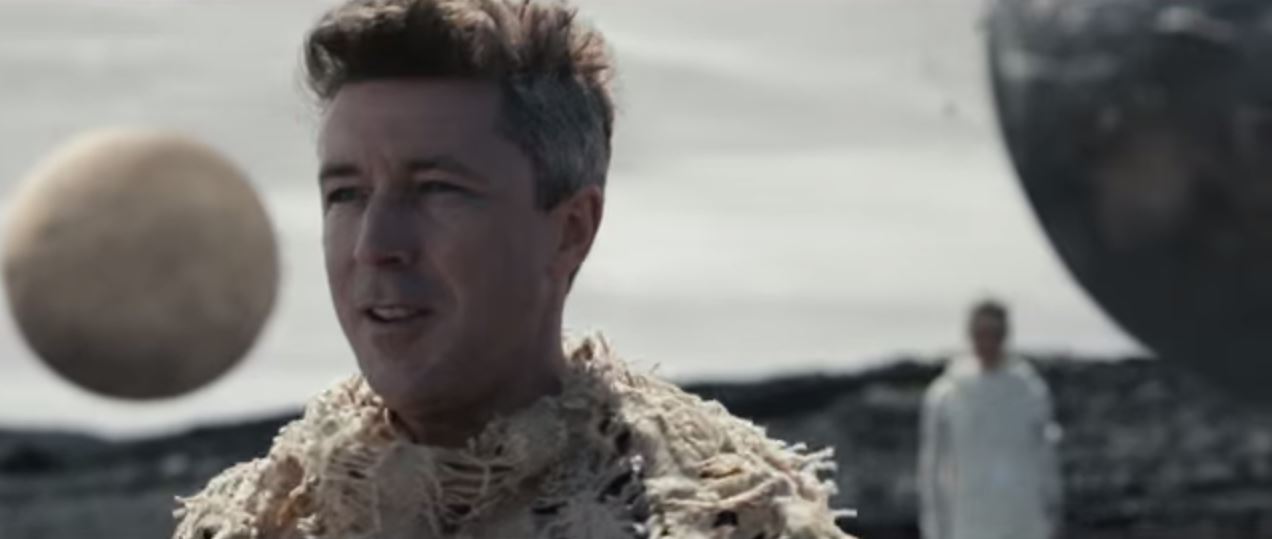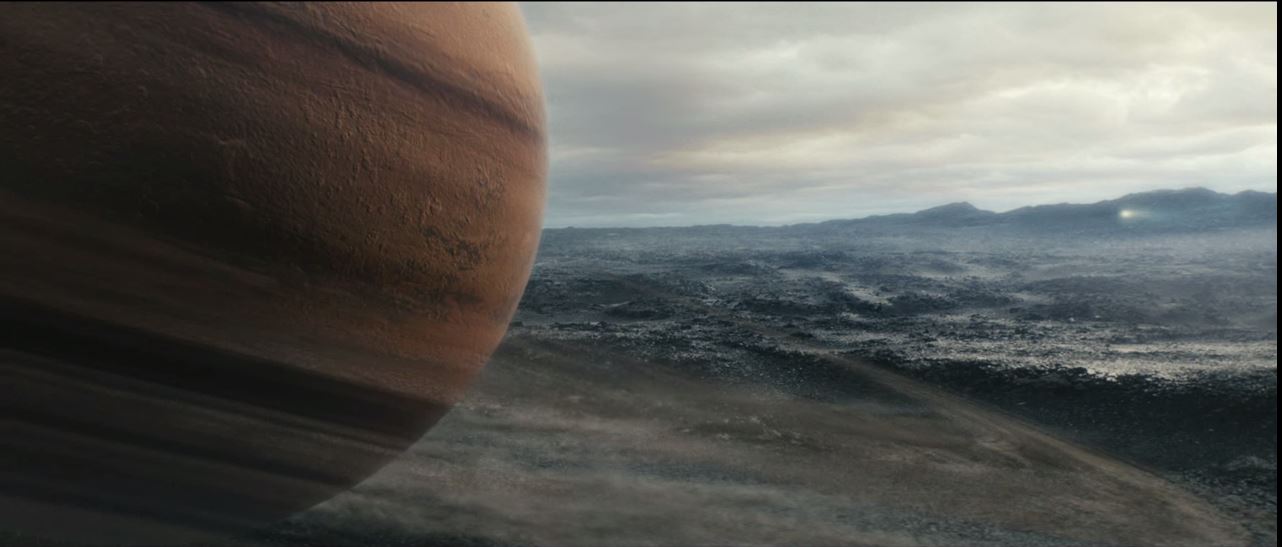Aiden Gillen, Littlefinger on 'Game of Thrones,' Stars in Comet Video

As the hit HBO series "Game of Thrones" wraps up its fifth season tonight (June 14), remember that you can see Aiden Gillen (who plays the weaselly Littlefinger) in a short science fiction film about the European Space Agency's Rosetta spacecraft.
The comet short film "Ambition," which ESA released last October ahead of Rosetta's release of its Philae lander, takes place in a strange and distant future and features two characters who can apparently manipulate matter with their minds (or some unseen technology). The interaction between a teacher (Gillen) and his student (played by Aisling Franciosi) is used to explain how the Rosetta spacecraft, which is currently orbiting comet 67P/Churyumov-Gerasimenko, will help scientists learn about the history of the Earth and the solar system.
In "Game of Thrones," Gillen's character Littlefinger is delightful in just how slimy and conniving he can be. In "Ambition," he plays a wise authority figure, and helps build the mystical and inspirational tone of the film. [Europe's Rosetta Comet Mission in Pictures]
"For a long time the origins of water, and indeed life, on our home planet remained an absolute mystery," Gillen said in the film. "So we began searching for answers beyond Earth. Where could all this water have come from? In time we turned to comets. One trillion celestial balls of ice, dust, complex molecules left over from the birth of our solar system. Once thought of as messengers of doom and destruction. And yet so enchanting, that we were to catch one. A staggeringly ambitious plan."
Rosetta is the first to observe a comet at close proximity as it approaches the sun, and the first to investigate the rocky nucleus of a comet over an extended period of time. It is scheduled to study 67P/C-G until December 2015. Its accompanying probe Philae landed on the surface of the comet on Nov. 12. Photos by Rosetta near the surface of the comet have revealed an eerie, haunting landscape.

"We harnessed whole planets and their gravity to chase down the comet," Gillen continues. "So many things could have gone wrong. A failure at launch, an error in the calculations, collisions. So many unknowns. With the technology we had back then, we may as well have been shooting from a slingshot."
The Rosetta spacecraft took 10 years to travel more than 3.97 billion miles (6.4 billion kilometers) to reach 67P/C-G. The trip required multiple gravity assists (using the gravity of a large body, like a planet, to gain speed), to reach the comet, which orbits between 497 million miles (800 million km) and 115 million miles (186 million km) from the sun.
Breaking space news, the latest updates on rocket launches, skywatching events and more!
"And tell me," he asks his young protégé, "What was it all for?"
"Knowledge," she responds.
"Yes, but we also wanted to show what was possible."
If seeing Gillen and Franciosi in ESA's "Ambition" isn't enought, you can also see a behind-the-scenes look here.
Follow Calla Cofield @callacofield. Follow us @Spacedotcom, Facebook and Google+. Original article on Space.com.
Join our Space Forums to keep talking space on the latest missions, night sky and more! And if you have a news tip, correction or comment, let us know at: community@space.com.

Calla Cofield joined Space.com's crew in October 2014. She enjoys writing about black holes, exploding stars, ripples in space-time, science in comic books, and all the mysteries of the cosmos. Prior to joining Space.com Calla worked as a freelance writer, with her work appearing in APS News, Symmetry magazine, Scientific American, Nature News, Physics World, and others. From 2010 to 2014 she was a producer for The Physics Central Podcast. Previously, Calla worked at the American Museum of Natural History in New York City (hands down the best office building ever) and SLAC National Accelerator Laboratory in California. Calla studied physics at the University of Massachusetts, Amherst and is originally from Sandy, Utah. In 2018, Calla left Space.com to join NASA's Jet Propulsion Laboratory media team where she oversees astronomy, physics, exoplanets and the Cold Atom Lab mission. She has been underground at three of the largest particle accelerators in the world and would really like to know what the heck dark matter is. Contact Calla via: E-Mail – Twitter
